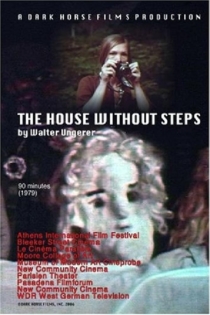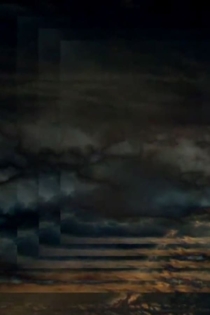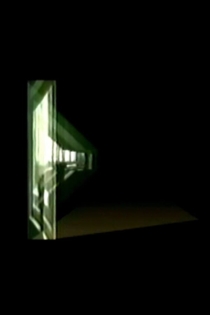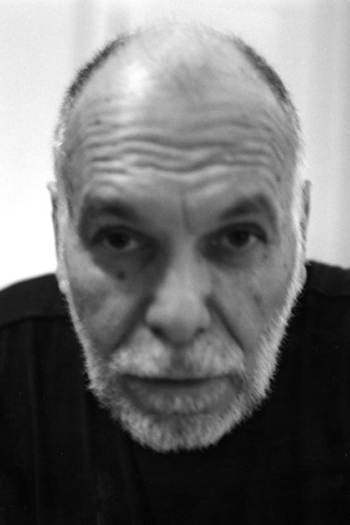
Walter Ungerer
2021Parva sed apta mihi
Walter Ungerer
This work is an exploration of digital still camera motion clips I recorded while visiting the downtown art district of Los Angeles. In retrospect one can say the end result is very different from the beginning, as is so often the case. Initially, material shot with a digital still camera of a visit through the art district of downtown LA during “art walk” day, was the starting point. Once it was transferred into a computer editing system, the realistic imagery of people, places and things, was transformed into explorations of shapes, patterns, colors, text, rhythms and sounds. It was stretched, squeezed, turned upside down, continuously repeated and otherwise distorted both in picture and sound…with playful intentions. Some obscured somewhat recognizable images do remain: a face, eyes, sunglasses, a street corner, a police car, a woman singer and an outdoor concert, another woman eating a piece of cherry pie at a restaurant.
Parva sed apta mihi

Meet Me, Jesus
Walter Ungerer
The theme is apparently the birth and growth of civilization, its ultimate destruction and rebirth; however, MEET ME, JESUS is actually about loss: the loss of innocence, dignity and hope. The film's final irony is our usual compensation: "If these wings should fail me Lord, meet me with another pair." MEET ME, JESUS is a compilation film using found footage as well as original material and hand painting on film. —Canyon Cinema
Meet Me, Jesus
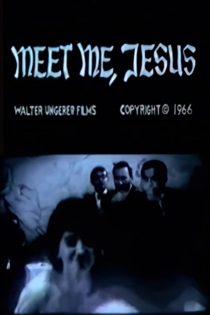
Monarda
Walter Ungerer
Walter Ungerer’s Monarda (2010) has been screening across the country as part of the 2011 Black Maria Film Festival, a traveling program of new experimental cinema. Like much of Ungerer’s work, the 10-minute Monarda explores the mystifying qualities of nature. Beginning with a shot of grass, Ungerer quickly abstracts his images through digital manipulation until they are barely recognizable. Traces of natural forms (leaves, twigs) ground what is an otherwise indescribable procession of images. Though the visuals evade literal synopsizing, there’s a simplicity and concision to the film that allows the viewer to get caught up in their own experience rather than get sidetracked on decoding the filmmaker’s intentions. Monarda instills a feeling of both apprehension and wonder in the viewer. It’s a disquieting film, but one whose subtle craft and atmosphere becomes more impressive over multiple viewings.
Monarda
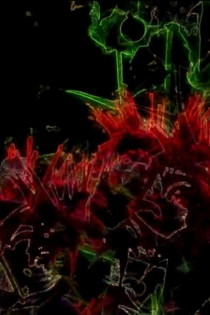
Solstice
Walter Ungerer
Someone attempts to find Oobieland. The realm of artificial sound encountered in the first film (INTRODUCTION TO OOBIELAND) is left behind; there is a terrible silence. The television studio of the second film (UBI EST TERRAM OOBIAE?) is also left behind; big trees and snow populate the visible world in SOLSTICE. Somewhere a boundary is crossed; the viewer is caught up in a cycle of meetings with strange inhabitants of that short space of time we call winter solstice.
Solstice

The Animal
Walter Ungerer
Paul Ickovic, Jo Moore
A woman waits for a man at a deserted railroad station somewhere in northern New England. It is the middle of winter. Snow is falling. The two drive to a remote farmhouse. Later two strange children appear at the window, and an old woman summons them away. Isolation, then alienation overcome the couple. The woman has a dream which comes true. She disappears. Nothing is explained. Only footprints remain in the snow that covers the supernatural landscape.
The Animal
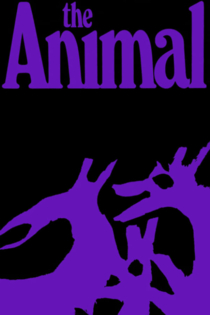
The Terrible Mother
Walter Ungerer
In the kitchen of a Vermont farmhouse, four people come to sit around a table. The silence of solstice holds them together. Before a ritualized meal they each tell a story. Their stories are ominous, yet, as in the first OOBIELAND film (INTRODUCTION TO OOBIELAND), they are incomplete. Earlier, the titular mother has passed on her powers to a young woman. At the close of the film, this young woman enters the farmhouse and, with final simplicity, restores the old order.
The Terrible Mother

The Bird Feeders
Walter Ungerer
A woman and a man, both no longer young of age, follow basic routines in their home. Outside at the birdfeeders, birds follow basic routines. As the sun rises and moves across the sky, life passes for all. The film uses a combination of stop motion and time lapse to record. This creates a visual staccato effect, which is also very apparent in the audio track when the two people are talking. Using this technique only small intermittent bits of a conversation are recorded. Much of the talking is omitted leaving newly constructed sentences and meanings.
The Bird Feeders
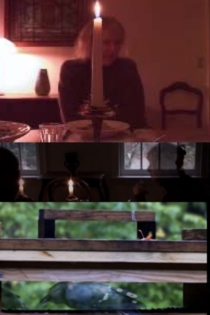
Green Eye
Walter Ungerer
How the universe evolved, and how humans developed are questions that arise with our awareness of life on the planet. There seems always to be much conjecture about it, but no clear answers. Mystery and wonder are pervasive. This film stems from my thoughts about it. As the images I created evolved into continuous sequences, it pursued a direction hitherto unknown by me until it was a film, and finished.
Green Eye

The Winter There Was Very Little Snow
Walter Ungerer
Walter Ungerer, Gracie Kiley
THE WINTER THERE WAS VERY LITTLE SNOW is a visual mood poem using the barest narrative form to convey the feeling and time of crisis for a man in middle age. His marriage has collapsed; he is without a job; and his father has just died. There is no reality, only an indistinguishable mixture of images and moments drawn from some space in time that could be his past, his present, or his future.
The Winter There Was Very Little Snow
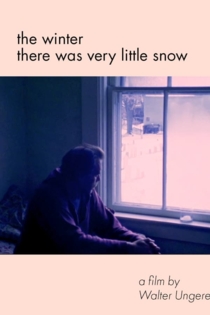
Kingsbury Beach
Walter Ungerer
Digital stills and video footage of a child on a beach in Cape Cod, Massachusetts, are manipulated and obscured to create a nostalgic atmosphere of remembrances. The Amiga computer has now been replaced by the Macintosh. The editing program is the Media 100.
Kingsbury Beach
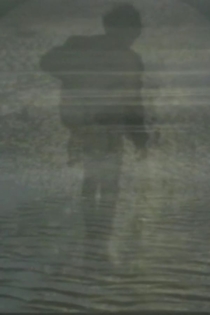
Ubi est terram oobiae?
Walter Ungerer
The Princess of Oobieland is interviewed in a television studio in New York City. Her responses, sometimes only barely discernible over the whir and clang of obscure machinery, are testimony to the closing of those gateways which we encountered in the first part (INTRODUCTION TO OOBIELAND).
Ubi est terram oobiae?

Introduction to Oobieland
Walter Ungerer
Using hand-painted film, animation and an inventive soundtrack, INTRODUCTION TO OOBIELAND is an exploration of gateways: a repeated series of movements from the familiar and safe to the unknown and dangerous. Cycles are left incomplete. Chases are never consummated; the day ends with no promise of rebirth. In this way the film touches on our oldest instincts, leaving us saddened and scared by the knowledge of a world that will never know freedom through the completion of action; safety through the sanctification of place.
Introduction to Oobieland
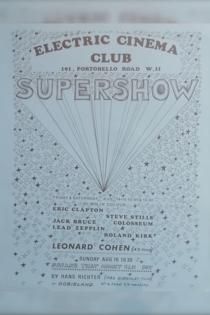
All the Days of the Year
Walter Ungerer
A daily record of one year at Mount Battie, Maine. It is a record of the seasons, the changing light from dawn to evening, sunrise and sunset; the changing weather from bright sun to overcast skies, fog, rain and snow; and the changing visitors that come by foot, bicycle, motorcycle, car, truck and camper to make a pilgrimage to the mountain vista that overlooks a small harbor on the coast of Maine, the North Atlantic coastal islands, and the expansive Atlantic Ocean.
All the Days of the Year

